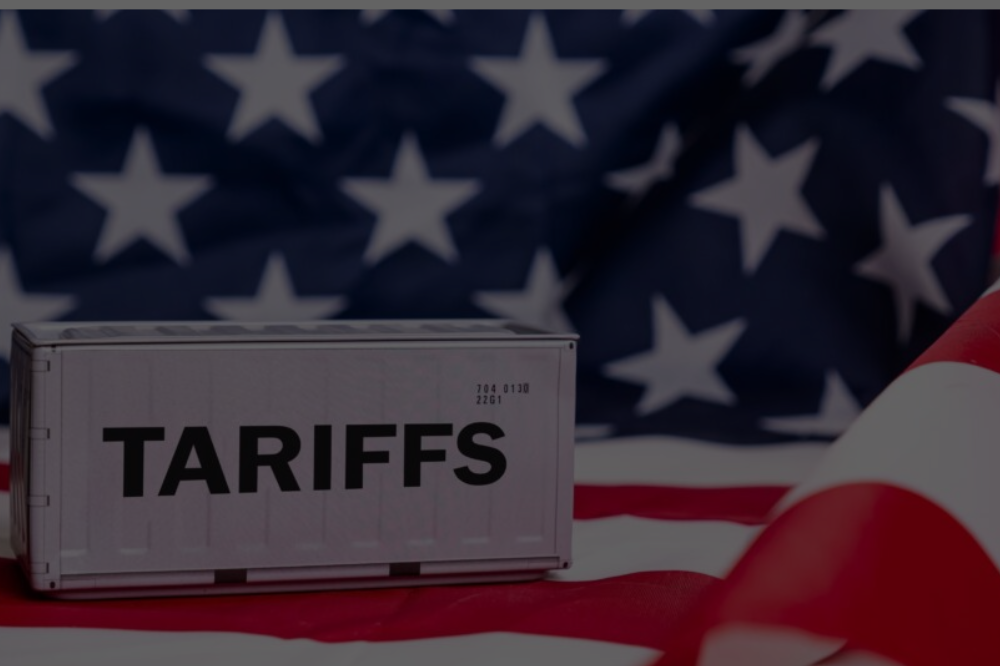President Trump’s decision to extend the tariff negotiation deadline reveals how trade policy can be used as a strategic tool in international relations.
The extension from July 9 to August 1 demonstrates that the administration’s approach is yielding results, with multiple countries scrambling to secure new trade agreements before facing higher tariff rates.
This latest development shows how economic pressure can drive diplomatic outcomes. Rather than simply imposing blanket tariffs, the administration has created a system where countries have strong incentives to negotiate bilateral trade deals with the United States.
Understanding the Tariff Timeline
The current tariff structure emerged from a 90-day negotiation period that began in April 2025. During this time, countries face a 10 percent tariff rate while working on new trade agreements. Without a deal, those rates would jump to the higher levels announced in April.
The extension gives countries an additional three weeks to finalize agreements. This breathing room appears necessary given the volume of last-minute negotiations taking place.
Treasury Secretary Scott Bessent revealed that his “mailbox was full last night with a lot of new offers, a lot of new proposals,” indicating that the July 9 deadline had created urgency among trading partners.
Success Stories and Holdouts
Three countries have already secured new trade agreements during the negotiation period: China, the United Kingdom, and Vietnam. These deals demonstrate that the tariff pressure strategy can produce concrete results.
However, many other major trading partners remain in negotiations. The administration has sent letters to at least 12 countries outlining their specific tariff rates if agreements aren’t reached.
The rates vary significantly based on the country and their current trade relationship with the United States.
Japan and South Korea face 25 percent tariffs, while some nations like Laos and Myanmar could see rates as high as 40 percent.
Economic Implications for Businesses
The tariff negotiations create both opportunities and challenges for American businesses. Companies that rely on imports from affected countries must plan for potential cost increases if deals aren’t finalized.
Manufacturing sectors particularly feel this pressure. Supply chains built around low-cost imports may need restructuring if higher tariffs become permanent.
Some companies are already exploring alternative suppliers or considering bringing production back to the United States.
On the flip side, domestic manufacturers could benefit from reduced foreign competition. Higher tariffs on imported goods can make American-made products more competitive in the market.
The BRICS Factor
The situation becomes more complex when considering the BRICS coalition. This group of emerging economies—Brazil, Russia, India, China, and South Africa, plus newer members like Egypt and Iran—represents a significant portion of global trade.
Trump has specifically mentioned raising tariffs on BRICS nations in response to what he calls “anti-American policies.”
This creates additional pressure on these countries to either moderate their positions or accept higher trade costs.
The challenge for BRICS members is balancing their coalition commitments with their individual economic interests. Some may choose bilateral deals with the United States rather than face higher tariffs as part of the group.
Strategic Communication Through Trade
The tariff letters sent to various countries serve multiple purposes beyond just setting rates. They demonstrate American resolve while leaving room for continued negotiation.
The specific rates chosen for each country reflect their strategic importance and current trade relationships.
Allies like Japan and South Korea face moderate increases, while countries with more complex relationships see higher rates.
This tiered approach allows the administration to maintain pressure while preserving important relationships. It also gives countries clear incentives to engage in serious negotiations.
Looking Ahead to August
The August 1 deadline creates another pressure point for ongoing negotiations. Countries that haven’t secured agreements by then will face the higher tariff rates originally announced in April.
This timeline puts significant pressure on both sides to reach agreements. For the United States, successful deals validate the tariff strategy and could improve trade terms. For other countries, agreements avoid economic disruption from higher tariffs.
The next few weeks will likely see intensive diplomatic activity as countries work to finalize agreements. The administration appears confident that additional deals will emerge before the August deadline.
Lessons for Future Trade Policy
The tariff extension strategy offers insights into how economic pressure can drive diplomatic outcomes. By creating clear deadlines and consequences, the administration has encouraged countries to engage in serious negotiations.
This approach represents a shift from traditional trade policy, which often relied on lengthy multilateral negotiations.
The bilateral focus allows for more targeted agreements that address specific issues between countries.
The success of this strategy will ultimately be measured by the quality and number of agreements reached. If multiple countries secure beneficial deals, it could establish a new template for trade negotiations.
What This Means for Global Trade
The tariff strategy has broader implications for the global trading system. It demonstrates how individual countries can use economic leverage to reshape trade relationships.
Other nations are watching closely to see whether this approach produces better outcomes than traditional multilateral negotiations. Success could encourage similar strategies elsewhere.
The emphasis on bilateral deals also reflects a broader trend away from large multilateral trade agreements toward more focused partnerships.
The Path Forward!
As the August 1 deadline approaches, the focus shifts to implementation and results. The administration has created a framework that encourages negotiation while maintaining pressure for favorable outcomes.
The success of this strategy depends on securing agreements that benefit American interests while maintaining important international relationships. The coming weeks will reveal whether this approach can deliver the promised results.
For businesses and policymakers, the tariff extension provides both clarity and uncertainty. Clear deadlines help with planning, but the ongoing negotiations create continued uncertainty about final outcomes.
The Trump administration’s tariff strategy represents a significant shift in how the United States approaches international trade.
By using economic pressure to drive negotiations, it has created urgency among trading partners while maintaining flexibility for deal-making. Whether this approach ultimately strengthens American trade relationships will depend on the agreements reached in the coming weeks!

